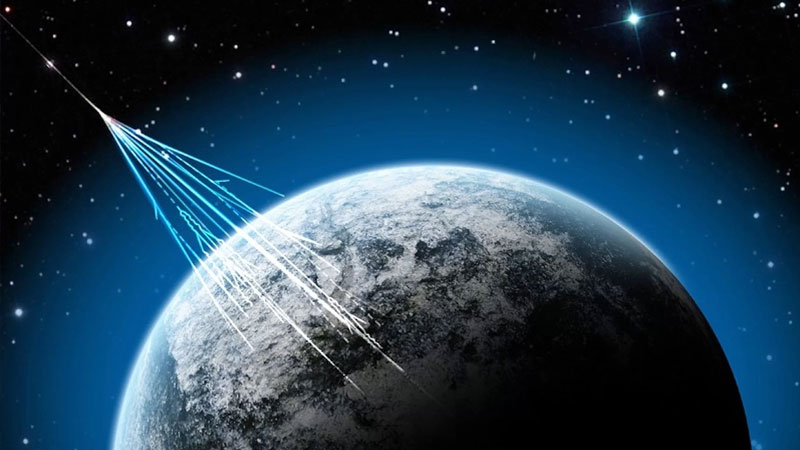
Life on Earth largely depends on the energy of the sun. Light drives photosynthesis, which in turn provides the nutrients most organisms use, directly or indirectly, to survive. Still, if light is not available, life can find other sources of energy, such as heat or chemical energy.
“When you have radiation penetrating deep below the surface, where there could be water on Mars or Europa (satellite of Jupiter), then it is possible to initiate chemical reactions that life could use,” said study author Dimitra Atri, researcher at the Blue Marble Space Science Institute in Seattle.
“Organisms that live on galactic cosmic rays could even survive on wandering planets that are not linked to any stars and roam through interstellar space,” added Atri.
Previous work has even found that life forms can live off ionizing radiation, which has enough energy to ionize or charge atoms, from radioactive materials.
For example, the bacterium Candidatus Desulforudis audaxviator, found about 1.7 miles underground in a South African gold mine, lives off the energy of radioactive isotopes of uranium, thorium and potassium in rocks there. Specifically, the ionizing radiation from these isotopes breaks down water in the area into hydrogen gas, which the bacteria can use as fuel, and helps generate other biologically useful molecules.
“Most research on ionizing radiation concerns its potentially harmful effects, such as DNA damage, but a bacterium that is completely separate from sunlight and the rest of the biosphere can survive completely from ionizing radiation,” Atri said.
Dimitra Atri investigates galactic cosmic rays, which are high-energy particles, mainly protons, that penetrate space beyond the solar system.

Cosmic Rays and Extreme Life
Galactic cosmic rays have much higher energy than other sources of radiation on Earth. When they hit the atmosphere or surface of a planet, they generate a cascade of particles such as electrons, positrons and neutrons, as well as dangerous gamma rays.
“Galactic cosmic rays are everywhere, and they have so much energy that they can penetrate even below the surfaces of planets,” explains Atri.
Using computer simulations, Atri found that galactic cosmic rays, while rare, could provide a steady stream of energy for life underground; this energy was comparable to that emitted by radioactive substances on Earth.
“The energy flow could extend to potential life on other planets as well,” Atri said.
He also suggested that one way to see whether this concept could actually help sustain life would be to conduct a laboratory experiment that exposed the bacterium Ca. D. audaxviator to the type of particles that galactic cosmic rays generate when they hit the atmospheres or surfaces of planets.




















